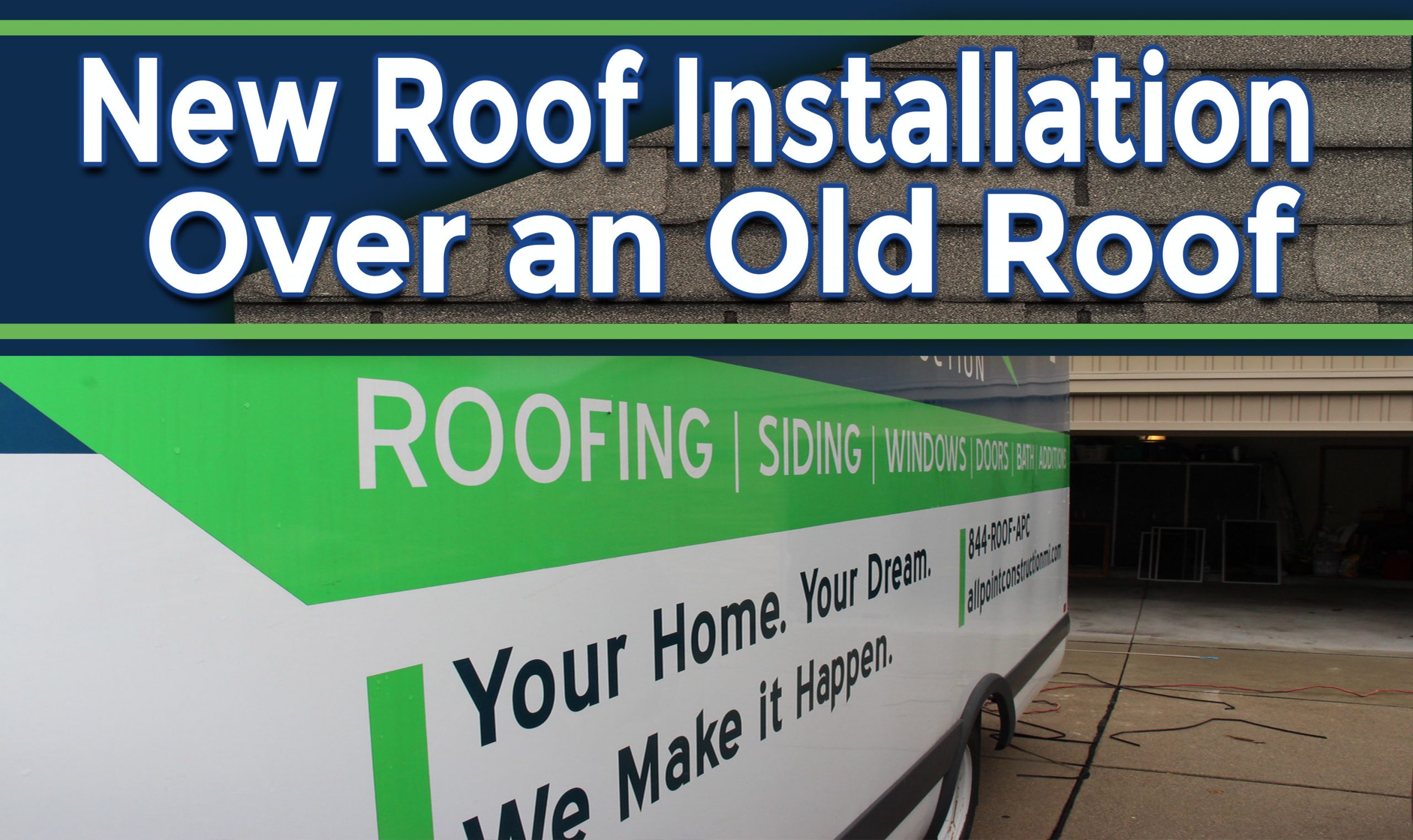So you’re considering changing your roof and trying to choose between saving money by ignoring the removal of the old roof. Your roofing contractor has told you that a lay-over -which is the style of performing a new roof installed over an old one – can be done for you.
Even though some roofers encourage homeowners to try out a lay-over, the practice is wrong. Below, you’ll see the key reasons why you should remove your old roof before installing a new roofing system.
Reasons Why New over Old Roof Installation is Bad Practice
1. Leaking Areas cannot be Addressed Efficiently
There is a high probability that your old roof had some issues with leaking, even though you might not have noticed them. The lack of removal of the previous roof before the installation of the new one will make it increasingly difficult to spot out these troubled areas. In essence, you wouldn’t be able to tell what parts of your roof need care.
2. Previously Rotting Areas will Become Worse
If your old roof experienced rotting, it’ll need to be repaired before new roof installation takes place. Lay-off installation ensures that even though the rotting areas get covered, the rotting would continue.
In addition, the nails that are attached to the singles in those areas would not be able to hold them down well. This way, the shingles have a higher probability of being blown off.
3. Weight on Rafters of the Old Roof
One of the biggest issues with layovers is the increased weight of the new roof on the old one. Ordinarily, on new roofs, this wouldn’t be a problem. However, on older homes or homes that have not replaced their roofs in several decades, the rafters are typically smaller.
Old roofs use 2 X 6 rafters. New roofs typically utilize 2 X 10 or 2 X 12 rafters. Placing the new rafters on the old ones would place more weight on the previous roofing system.
4. Less Durability
Professional roofing contractors understand that a lay-over roofing system will shorten your new roof’s life span by 25%. Hence, if the roof was supposed to last 20 years, it would be reduced to 15 years.
This means that lay-over may save you money in the short run but make you lose in the long run. Apart from the reduced lifespan, roofing contractors would most likely charge you higher when the time for replacement comes since both roofs would have to be removed.
5. Less Attention on Eaves, Rakes, and Valleys
Enough time needs to be spent on your eaves, rakes, and valleys. During the winter, your eaves experience ice dams or repeated freezing and thawing of snow. They’re typically solved by fixing a new aluminum drip edge.
Ice and water barriers also need to be placed around your roof as well as in the valleys. Lay-overs rely on the existing roof’s products to facilitate this. Usually, they can’t because they are already damaged or substandard to begin with.
Conclusion
Performing a new roof installed over an old roof is usually cheaper but it may lead to several complications. This is because special attention wouldn’t be placed on your eaves, rooting areas on the previous roof would be worse, and the new roof’s lifespan would be decreased.
Tearing off your old roof to install a new one is more expensive but it pays in the long-run than a lay-over.


